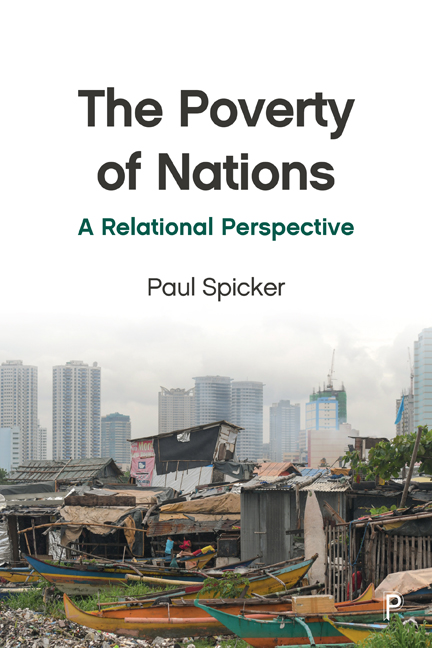Summary
What is a ‘poor country’?
The difference between poor countries and others is a matter of degree rather than of absolutes. The gradients are not smooth, or easily predictable. Some middle-income countries have less poverty, some have more; some have rich and poor areas and regions. Several nations which have relatively strong economies have feet in different worlds – India, Brazil, South Africa and Mexico among them. There is a complex, slightly arcane economic literature about ‘poverty dominance’, comparing countries in terms of poverty head counts or indices. It matters because a demonstration that one country is poorer than another can be crucial for applications for funding, but the standards applied are based on some fairly broad approximations, and the huge disparities in country size and regional variation can act to disguise the real differences.
Poverty is widespread, and most of the poor people in the world are not in countries where poverty is found in the greatest concentrations. The numbers of poor people in China and India are generally larger than the figures for sub-Saharan Africa (though Nigeria, one of few countries to have increasing numbers of very poor people, seems determined to outdo them both); and quite apart from the giants, most of the world's poorest people, Sumner argues, are now to be found in middle-income countries. The countries with the greatest concentration of poverty might be identified in different ways. One simple indicator is the average income of people who live in those countries – the Gross National Income per capita. Another, used in the Sustainable Development Goals, is an income threshold of $1.90 per day. This figure needs to be handled with tongs. Nearly thirty years ago, the World Bank lighted on the measure of $1 a day as a test of absolute or extreme poverty, with exchange rates adjusted for ‘Purchasing Power Parity’ or PPP. The World Bank's website offers an explanation of how the figure was arrived at. It is intended to give the impression that it is a subtle, informed calculation, based on existing national poverty lines:
In 1990, a group of independent researchers and the World Bank proposed to measure the world's poor using the standards of the poorest countries in the World.
- Type
- Chapter
- Information
- The Poverty of NationsA Relational Perspective, pp. 147 - 162Publisher: Bristol University PressPrint publication year: 2020



